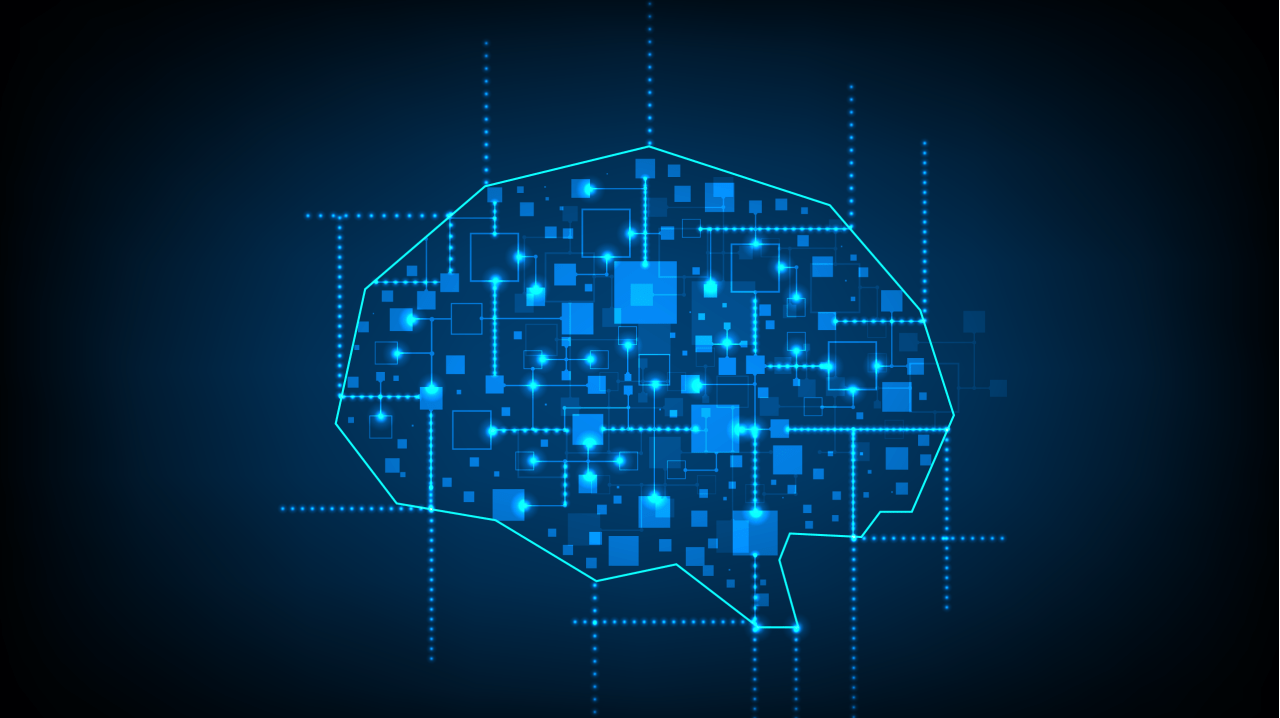In an era where information reigns supreme and massive volumes of data are generated at breakneck speed, organizations are left grappling with a dual challenge: leveraging this data and ensuring its security. The cybersecurity landscape is evolving – a battleground where sophisticated cyberthreats loom large, necessitating innovative solutions. Enter machine learning, the backbone of a tech revolution that promises to transform how we protect digital assets.
The Data Deluge and Its Challenges
As companies increasingly rely on extensive data analytics, the volume of data shared and transferred across networks explodes. This data surge often outstrips the capabilities of traditional cybersecurity measures, leading to vulnerabilities that adversaries can exploit. With the cybersecurity talent pool dwindling, organizations find themselves scrambling to fill critical security roles. The solution lies not solely in hiring, but rather in leveraging technology to fortify defenses.
Machine Learning: The Controversial Ally
Machine learning heralds itself as a powerful ally in the fight against cybercrime. Unlike conventional methods, which can be slow and cumbersome, machine learning systems analyze patterns, identify anomalies, and respond in real-time. However, how reliable is this technology in a domain as intricate as cybersecurity? Leading voices in the industry present divergent views.
- Critics’ Perspective: Advocates caution against viewing machine learning as a catch-all solution. As Simon Crosby, CTO at Bromium, suggests, there’s “no silver bullet in security.” Cybercriminals often operate with an intricate understanding of machine algorithms, giving them the upper hand. Their attacks may be so subtle that they circumvent automated systems entirely.
- Proponents’ View: Conversely, champions of machine learning argue for its potential in mitigating advanced threats, especially as IT environments grow increasingly complex. For instance, Mike Paquette, VP of Products at Prelert, emphasizes that the sheer volume of data makes human monitoring insufficient. Machine learning can enhance detection capabilities, identifying threats that may elude even the most vigilant analysts.
Human-Machine Collaboration: The Winning Strategy
The key to overcoming cybersecurity threats may not lie in choosing between humans or machines, but rather in fostering their collaboration. The AI2 system from MIT’s CSAIL exemplifies this harmony, utilizing machine learning to sift through millions of log lines daily while relying on human experts for context and intuition. This collaborative approach reduces the burden on analysts significantly, allowing them to focus on the most pressing security events.
Moreover, Finnish firm F-Secure aims to revolutionize threat detection with its Rapid Detection Service, slashing breach response times from months to mere minutes. Combining insights from machine learning with human expertise, F-Secure’s model amplifies operational efficiency and ensures proactive security measures.
Unstructured Data: The Hidden Treasure of Intelligence
Machine learning shines when paired with unstructured data sources – a realm often overlooked in traditional cybersecurity paradigms. IBM’s Watson, for instance, harnesses its natural language processing capabilities to analyze vast amounts of documentation and social data, creating a rich intelligence framework. By understanding patterns from diverse data sources, Watson is positioned not to replace human analysts, but to augment their capabilities, turning them into supercharged defenders against cyber threats.
Emerging Trends in AI and Cybersecurity
As machine learning tools continue to evolve, new avenues for threat detection and response are unfolding. Startups like Massive Alliance employ sentiment-based engines to help analysts glean insights from the deep and dark web. The ability to monitor and analyze vast amounts of data significantly enhances the organization’s ability to anticipate and mitigate risks before they materialize.
Conclusion: The Future of Cybersecurity
The path forward in cybersecurity isn’t a linear progression towards full machine autonomy but rather a synergistic relationship between human intuition and machine efficiency. As AI technologies continue to advance, they will reshape how we conceptualize cybersecurity, striking a balance that empowers professionals while enhancing their capabilities. While early implementations show promise, the challenges are vast and dynamic, requiring continuous adaptation and evolution.
At fxis.ai, we believe that such advancements are crucial for the future of AI, as they enable more comprehensive and effective solutions. Our team is continually exploring new methodologies to push the envelope in artificial intelligence, ensuring that our clients benefit from the latest technological innovations. For more insights, updates, or to collaborate on AI development projects, stay connected with fxis.ai.

